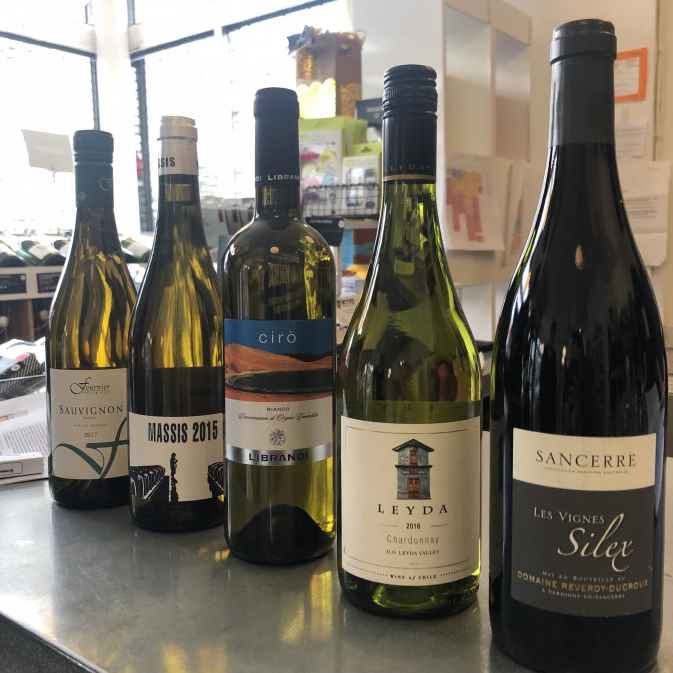Browsing our aisles at Tipsy, you’ll find a mix of wines with the traditional cork and wait—screw caps? Why would a winery choose to eschew tradition and mix things up with a screw cap?
New Zealand and Australia helped kick-start the trend over a decade ago with their wines and other producers followed suit. Screw caps do the chief job corks do, keep your wine sealed! And the days of trying the shoe method at a corkscrew-less party become numbered.
However, the screw cap doesn’t do everything corks can yet. Most producers prefer them for wines meant to be enjoyed young since it’s still unclear how well screw cap wines mature. This has compelled research and development on screw caps with layers to selectively allow oxygen in, much like corks.
Cork’s place in the wine world seems relatively secure for now. Much like people preferring the feel of turning a page over pressing an e-reader’s button, uncorking a wine is a ritual people cling to.
The environmental impact of cork should also be considered. It all begins on the orchards and forests where cork oaks are harvested from the bark and not cut down. Each cork oak provides ecological benefits to its surroundings. In the case of Herdade dos Fidalgos in Portugal, the cork oak has root systems that serve as water regulators, anchors soil, offers shade, and support 100 species.
Plus, what are the uses of a screw cap after the bottle’s finished? With cork, there are tons of ways to “up-cycle” them.
Just want to get rid of your corks? Check back in tomorrow for the solution! (Hint: it involves coming into the shop!)

